-
 Bitcoin
Bitcoin $113200
1.54% -
 Ethereum
Ethereum $4368
1.43% -
 XRP
XRP $3.022
4.23% -
 Tether USDt
Tether USDt $0.0000
-0.01% -
 BNB
BNB $883.5
0.92% -
 Solana
Solana $219.5
5.29% -
 USDC
USDC $0.9997
-0.02% -
 Dogecoin
Dogecoin $0.2411
3.66% -
 Cardano
Cardano $0.8908
5.48% -
 TRON
TRON $0.3349
0.94% -
 Hyperliquid
Hyperliquid $54.50
8.93% -
 Chainlink
Chainlink $23.73
5.54% -
 Ethena USDe
Ethena USDe $1.001
-0.01% -
 Sui
Sui $3.602
5.47% -
 Stellar
Stellar $0.3861
5.90% -
 Bitcoin Cash
Bitcoin Cash $585.1
-1.13% -
 Avalanche
Avalanche $26.09
4.37% -
 Hedera
Hedera $0.2325
5.06% -
 UNUS SED LEO
UNUS SED LEO $9.549
-0.23% -
 Litecoin
Litecoin $114.2
1.13% -
 Cronos
Cronos $0.2502
-2.95% -
 Toncoin
Toncoin $3.134
1.24% -
 Shiba Inu
Shiba Inu $0.00001307
4.10% -
 Polkadot
Polkadot $4.148
3.50% -
 Uniswap
Uniswap $9.759
3.47% -
 Ethena
Ethena $0.8495
11.24% -
 World Liberty Financial
World Liberty Financial $0.2188
3.76% -
 Dai
Dai $0.9997
-0.03% -
 Monero
Monero $271.7
0.21% -
 Aave
Aave $309.2
2.95%
How do I identify top and bottom divergences in the MACD?
MACD divergence signals potential trend reversals in crypto markets—bearish when price makes higher highs but MACD shows lower highs, bullish when price hits lower lows but MACD forms higher lows.
Sep 09, 2025 at 06:55 am

Understanding MACD Divergence in Cryptocurrency Trading
1. The Moving Average Convergence Divergence (MACD) is a momentum-based technical indicator widely used in cryptocurrency trading to identify potential reversals in price trends. It consists of three components: the MACD line, the signal line, and the histogram. A divergence occurs when the price of an asset moves in the opposite direction of the MACD, signaling a weakening trend and possible reversal.
2. Top divergences happen when the price forms higher highs while the MACD forms lower highs, indicating bearish momentum despite rising prices. This scenario often precedes a downward correction, especially in volatile markets like Bitcoin or Ethereum. Traders watch for this pattern after extended bullish runs, as it may suggest exhaustion among buyers.
3. Bottom divergences occur when the price records lower lows, but the MACD forms higher lows, signaling bullish momentum building beneath the surface. This is commonly seen after sharp sell-offs and can indicate accumulation by smart money before a rally begins. In altcoin markets, where sentiment shifts rapidly, such divergences can precede strong rebounds.
4. To confirm a valid divergence, traders should ensure the peaks or troughs on both the price chart and MACD align in time. Misaligned signals may result in false entries. It's also important to assess volume and broader market context—divergences carry more weight when supported by declining volume during new price highs or increasing volume during price lows.
5. Divergence detection works best when combined with other tools such as support/resistance levels, RSI, or Fibonacci retracements. In fast-moving crypto markets, relying solely on MACD can lead to premature trades. Using multiple confirmation layers increases the probability of accurate signals.
Spotting Bearish Divergence on MACD
1. Identify a sequence where the asset’s price reaches a new high, followed by another higher high, indicating strength in the uptrend. Simultaneously, observe the corresponding MACD values at these price peaks.
2. If the MACD fails to surpass its previous high and instead forms a lower peak, a bearish divergence is forming. This mismatch suggests that upward momentum is fading even as prices climb.
3. Wait for the MACD line to cross below the signal line after the second peak to increase confidence in the signal. This crossover adds timing precision to the potential reversal.
4. Apply this technique on multiple timeframes—daily charts for swing traders, four-hour or one-hour for active day traders. Higher timeframe divergences tend to have stronger implications.
5. In markets like Binance Coin or Solana, which experience rapid price swings, bearish divergences often emerge just before major corrections, especially when triggered by overbought conditions or negative news cycles.
Detecting Bullish Divergence Using MACD
1. Look for a downtrend where the price makes consecutive lower lows, reflecting ongoing selling pressure. At the same time, examine the MACD readings at each price low.
2. If the MACD begins to form higher lows while the price continues to drop, a bullish divergence is present. This indicates that bearish momentum is slowing down.
3. Confirm the pattern with a bullish MACD crossover—when the MACD line moves above the signal line—shortly after the second low. This reinforces the idea that buying interest is returning.
4. Use horizontal trendlines on the MACD to better visualize the rising lows. This visual aid helps distinguish genuine divergences from random fluctuations.
5. In low-cap altcoins, bullish divergences can appear during capitulation phases, where panic selling drives prices down but the underlying momentum starts shifting. These setups often precede sharp recovery moves.
Common Pitfalls in MACD Divergence Analysis
1. One major error is acting on divergences without waiting for confirmation. A divergence may persist for several candles before a reversal occurs, leading to early exits or entries.
2. Ignoring the broader market trend can result in misinterpretation. For example, trying to catch a bottom in a strong bear market using bullish divergence may lead to losses if the macro trend remains down.
3. Failing to adjust MACD settings based on volatility can reduce accuracy. Standard settings (12, 26, 9) work well for most cases, but highly volatile cryptos might benefit from smoothed versions.
4. Overlooking divergence on shorter timeframes during consolidation phases can generate noise. It's essential to focus on significant swing points rather than minor fluctuations.
5. Not incorporating volume analysis weakens the reliability of divergence signals. A bullish divergence with rising volume on up-moves adds credibility, whereas flat or declining volume raises doubts.
Frequently Asked Questions
What is hidden divergence in MACD?Hidden divergence occurs when price makes a higher low in an uptrend while MACD makes a lower low, suggesting trend continuation. Conversely, in a downtrend, a lower high in price with a higher high in MACD indicates ongoing bearish control.
Can MACD divergence predict exact reversal points?No, MACD divergence does not pinpoint exact reversal points. It signals weakening momentum and potential turning points, but entry should be confirmed with price action or additional indicators.
Is MACD divergence effective in sideways markets?In ranging markets, MACD divergence may produce frequent false signals due to lack of directional momentum. It performs best in trending environments where momentum shifts are more meaningful.
How do I adjust MACD settings for crypto trading?Some traders use faster settings like (8, 17, 9) for short-term crypto trades to capture quicker momentum changes. Others prefer slower settings (12, 26, 9) for swing trading to filter out noise.
Disclaimer:info@kdj.com
The information provided is not trading advice. kdj.com does not assume any responsibility for any investments made based on the information provided in this article. Cryptocurrencies are highly volatile and it is highly recommended that you invest with caution after thorough research!
If you believe that the content used on this website infringes your copyright, please contact us immediately (info@kdj.com) and we will delete it promptly.
- Aethir Price Check: Smart Money Bails, Correction Ahead?
- 2025-09-09 16:25:13
- Canary ETF, Staked SEI, and SEC Filings: A New York Minute on Crypto's Next Big Thing
- 2025-09-09 16:45:16
- Bitcoin Price, Rollblock, and the 30x Growth Potential: What's the Buzz?
- 2025-09-09 17:05:15
- Nasdaq and Tokenized Securities: Trading's Next Frontier
- 2025-09-09 16:45:16
- Tom Lee's Bold Bitcoin Prediction: $200,000 by 2025?
- 2025-09-09 16:25:13
- USDH Stablecoin: Sky's Bold Move for DeFi Dominance with 4.85% Yield
- 2025-09-09 16:50:12
Related knowledge
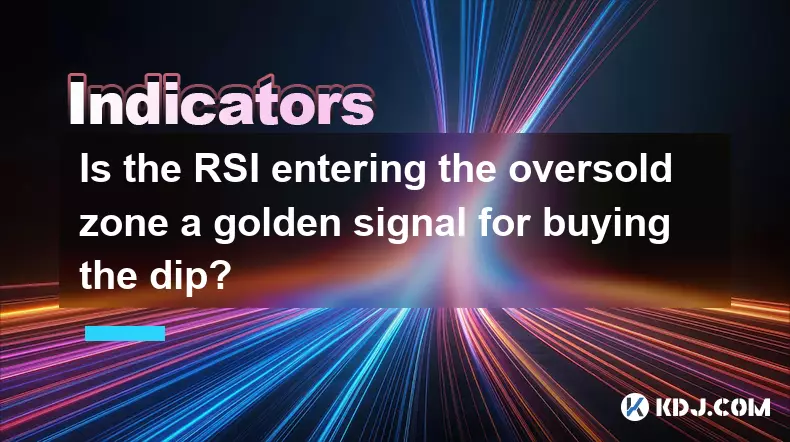
Is the RSI entering the oversold zone a golden signal for buying the dip?
Sep 09,2025 at 02:55pm
Understanding the RSI and Its Role in Crypto Trading1. The Relative Strength Index (RSI) is a momentum oscillator widely used in the cryptocurrency ma...
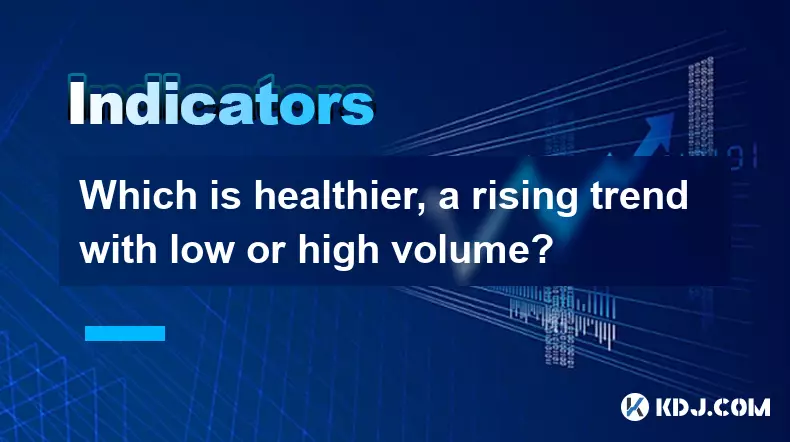
Which is healthier, a rising trend with low or high volume?
Sep 09,2025 at 04:00pm
Understanding Volume in Market Trends1. Volume serves as a critical indicator when analyzing the strength of a rising trend in cryptocurrency markets....
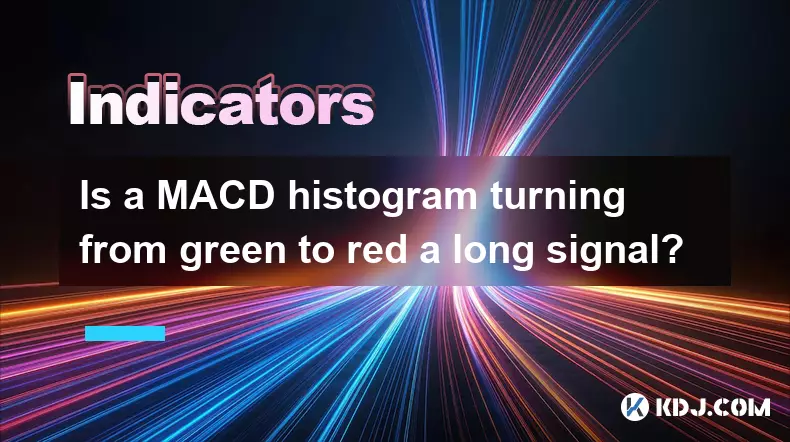
Is a MACD histogram turning from green to red a long signal?
Sep 09,2025 at 01:54pm
Understanding the MACD Histogram in Crypto Trading1. The MACD (Moving Average Convergence Divergence) histogram is a visual representation of the diff...
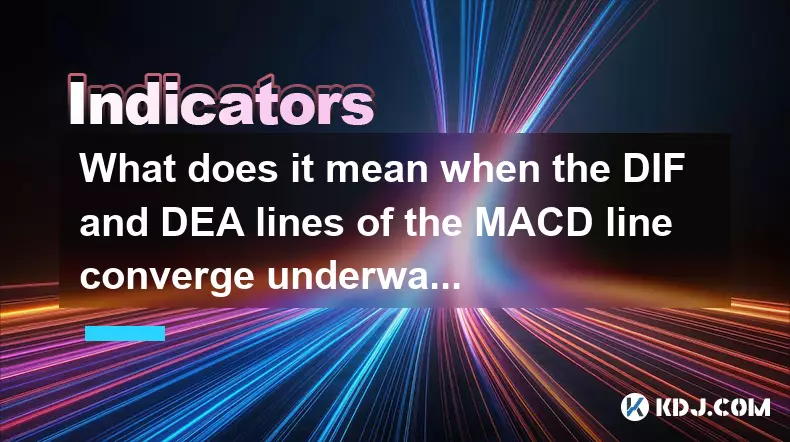
What does it mean when the DIF and DEA lines of the MACD line converge underwater?
Sep 09,2025 at 07:55am
Understanding MACD Components in Bearish Territory1. The MACD indicator consists of three elements: the DIF (Difference), DEA (Signal line), and the M...
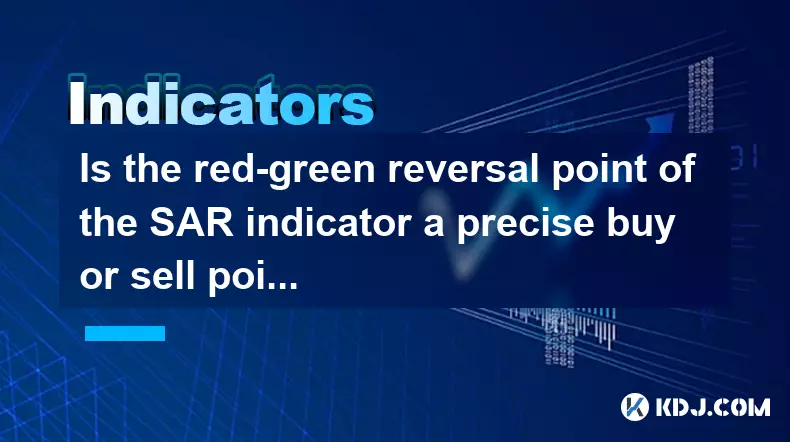
Is the red-green reversal point of the SAR indicator a precise buy or sell point?
Sep 09,2025 at 11:18am
Understanding the SAR Indicator in Cryptocurrency TradingThe SAR (Stop and Reverse) indicator, developed by J. Welles Wilder Jr., is a popular tool us...
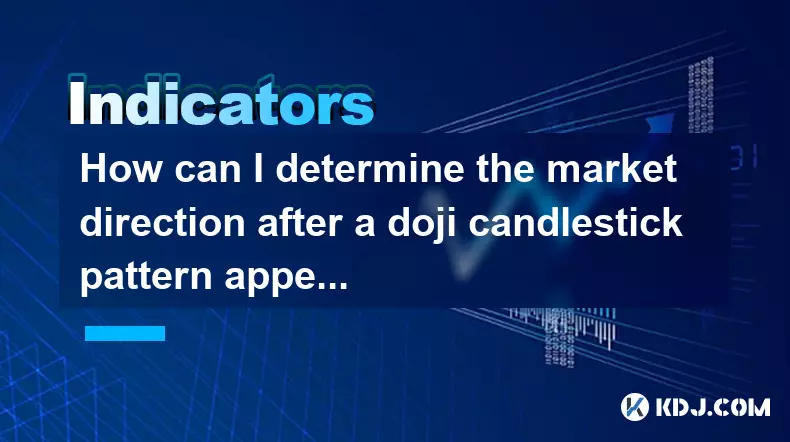
How can I determine the market direction after a doji candlestick pattern appears?
Sep 09,2025 at 05:37am
Understanding the Doji Candlestick in Crypto Markets1. The doji candlestick is a critical formation that signals indecision between buyers and sellers...

Is the RSI entering the oversold zone a golden signal for buying the dip?
Sep 09,2025 at 02:55pm
Understanding the RSI and Its Role in Crypto Trading1. The Relative Strength Index (RSI) is a momentum oscillator widely used in the cryptocurrency ma...

Which is healthier, a rising trend with low or high volume?
Sep 09,2025 at 04:00pm
Understanding Volume in Market Trends1. Volume serves as a critical indicator when analyzing the strength of a rising trend in cryptocurrency markets....

Is a MACD histogram turning from green to red a long signal?
Sep 09,2025 at 01:54pm
Understanding the MACD Histogram in Crypto Trading1. The MACD (Moving Average Convergence Divergence) histogram is a visual representation of the diff...

What does it mean when the DIF and DEA lines of the MACD line converge underwater?
Sep 09,2025 at 07:55am
Understanding MACD Components in Bearish Territory1. The MACD indicator consists of three elements: the DIF (Difference), DEA (Signal line), and the M...

Is the red-green reversal point of the SAR indicator a precise buy or sell point?
Sep 09,2025 at 11:18am
Understanding the SAR Indicator in Cryptocurrency TradingThe SAR (Stop and Reverse) indicator, developed by J. Welles Wilder Jr., is a popular tool us...

How can I determine the market direction after a doji candlestick pattern appears?
Sep 09,2025 at 05:37am
Understanding the Doji Candlestick in Crypto Markets1. The doji candlestick is a critical formation that signals indecision between buyers and sellers...
See all articles
























































































